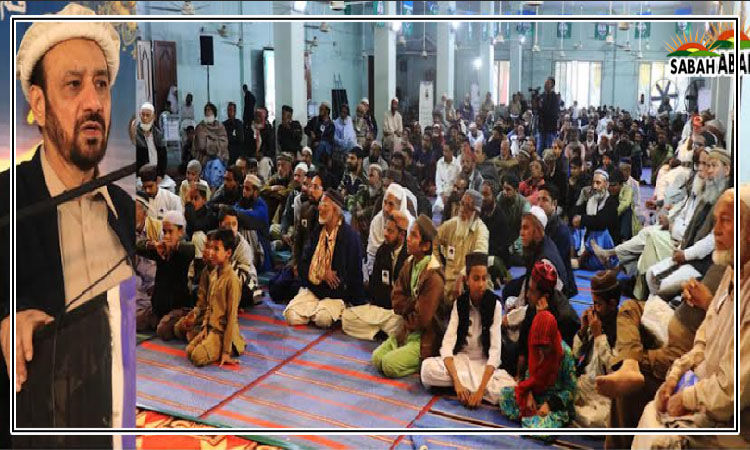Can a security state be transformed?…… Faisal Ali Raja
A security state is inherently a state in perpetual fear. Such a condition may have been based on historical animosities which are ossified over a period of time through real or artificial means. The transformation of a security state is a point of contention. The key questions here are: can a security state change its priorities? What factors are responsible for such a change? Is there any practical model which signifies the change and provides a process for implementation? The transformation of a security state begins when the traditional balance among the trinity of elements in a state is disturbed. These elements are governed by the people of the country, the political decision-makers representing different constituencies and security apparatus. Once the people start backing the government against an intervention, the chances of securitisation of state diminishes gradually. If during the period, the people withdraw their support for the political dispensation, the security establishment seizes the opportunity and restores the status quo ante. Hence, a permanent change of state requires a permanent support of the people for the existing political set-up. On the other hand, security establishment tries to maintain a pro-public stance so that any action in any manner does not draw any public ire.
A series of actions must be undertaken if a security state has to undergo any type of change. First, the civilian government restores public trust in its institutions. Any effort of an intervention is then blunted on account of performance of the government and its institutions. Second, the political parties gain ground at grassroots level. For this to happen, effective local government system is introduced which expands the political reach and reinforces policies for local decision-making through local solutions for local problems. Third, the tradition of any security-based intervention is reversed slowly but surely through localised networks. This erodes support base of the security apparatus on the one hand and establishes a new politically modulated local resistance on the other. This however is not realisable without establishing a set of local public networks which maintain a public centric narrative for seizing their imagination and control.
A constellation of robust networks of individuals who believe in civilian cause and can therefore mobilise large number of individuals for protests to step up pressure against any intervention. The evolution of these networks is essential for sustainability of transformation of a security state otherwise the changes are bound to reverse and back-paddle. These networks are weaved slowly and steadily around localised public nuclei which are energised by the spirit of local leadership. As the people start rallying around such localised individuals, resilient native networks are established where people are connected physically, electronically and emotionally. These networks become the centres of local resistance in case an unconstitutional action is exercised directly or indirectly by security establishment. The confrontation produced by these networks can create chaos and disturbance with continuous law and order situations.
Though the spectrum of security states varies considerably owing to local geographical settings and regional conditions nonetheless Turkey presents a practical model to some extent in recent past. Due to strengthening of political system, strong civilian institutions, legal amendments and improvised local networks, the people took to streets in 2016 when a military coup was staged. They exhibited localised resistance channels to mitigate the possibility of a forced takeover. The military was traditionally associated with history of overthrowing unpopular governments due to political chaos and difficult economic situations. However, the precedent was changed by the people who stood in front of military vehicles.
A cascade of public support networks, in the end, is the defining line between changing the status of a security state and sustaining the new transformation. In its acute form, the friction between these networks and security apparatus can cause a slow degeneration or an internal implosion with emergence of a new sustainable transformational structure.
Courtesy The Express Tribune, February 1st, 2023.












